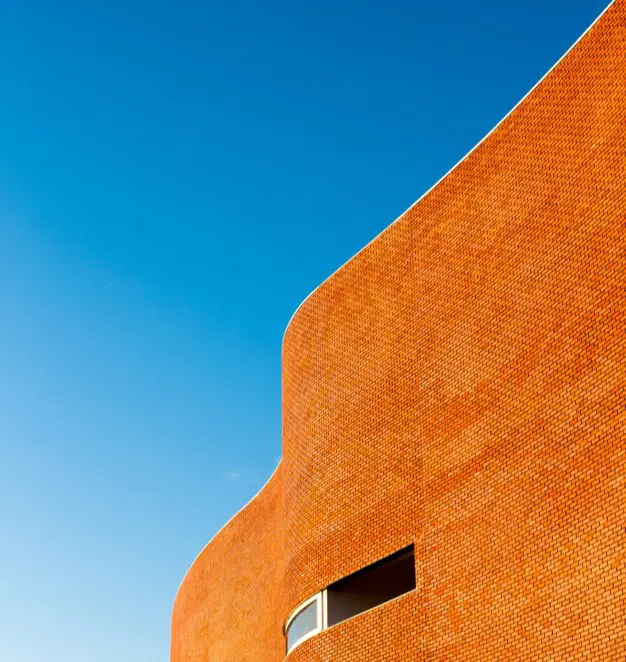One of the key benefits of mycelium as a building material is its sustainability. Mycelium is completely biodegradable and can be grown and harvested without causing any harm to the environment. In addition, the production of mycelium requires far less energy and resources than traditional building materials, making it a more eco-friendly option.
Mycelium can also be grown and harvested locally, reducing the need for transportation and the associated carbon emissions. This makes it a more sustainable option than materials that have to be shipped long distances, such as concrete or steel.
Mycelium is also a natural insulator, with a high insulation value. The tiny, interconnected cells of the mycelium are able to trap air and water vapor, providing a natural insulation barrier. This means that buildings constructed with mycelium can potentially have better energy efficiency, as they can help regulate the temperature inside the building and reduce the need for heating and cooling.
While mycelium is a promising alternative to traditional building materials, it is important to note that it may not be suitable for every application. It may not be as strong as materials like concrete or steel, and it may not be able to withstand the same level of wear and tear. However, in the right context, mycelium can be just as strong and durable as traditional materials.
Overall, the environmental impact of mycelium construction is significantly lower than that of traditional building materials. Its sustainability, low energy and resource requirements, and natural insulation properties make it a more eco-friendly option for the building industry. As more architects and builders become aware of the benefits of mycelium, we can expect to see a greater adoption of this innovative material in the construction industry.


